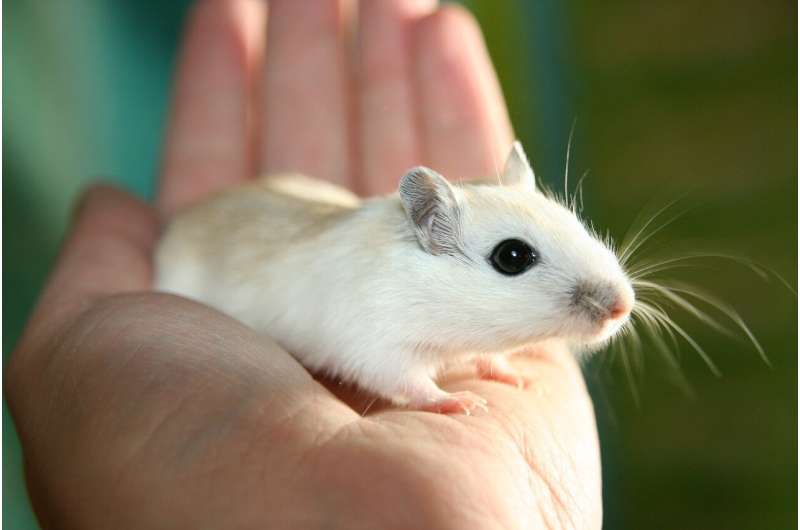Persistent environmental contaminant changes the gut microbiome of mice

An industrial chemical—phased out since 2002, but previously used in stain and water-repellent products and firefighting foam—alters the gut microbiome of mice and could have implications for human health, according to an international team of researchers.
Perfluorooctane sulfonate, or PFOS, persists in the environment and in the bodies of living organisms. While the U.S. Environmental Protection Agency designated PFOS a "contaminant of emerging concern" and its production was voluntarily ceased in the United States by producers, it is still detected in the blood of up to 99% of the U.S. population.
"We know that chronic exposure to some environmental chemicals, including persistent organic pollutants, can impact the gut microbiome, and we are actively assessing whether these interactions can impact health," said Andrew Patterson, Tombros Early Career Professor and professor of molecular toxicology, Penn State. "Our study shows that PFOS alters the composition and function of the microbiome, which suggests that this chemical and perhaps related chemicals, have mechanisms of action outside our own cells. Exploring how chemicals impact the microbiome is an important and emerging area of study."
The team's results appeared on Jan. 8 in Toxicology.
The research team studied the effects of PFOS on the mouse microbiome by comparing mice fed a normal diet, to mice fed a diet containing PFOS at concentrations that were somewhat higher than those to which the average human being would likely be exposed. Afterward, they examined the livers and gut microbiota of the mice using DNA sequencing, metabolomics and molecular analyses.
The DNA sequences revealed a significant difference in the gut microbiota community between mice that were fed even the lowest dose of PFOS and the control group. Further, the group found that incubation of PFOS with the gut microbiota in vitro resulted in physiologic and metabolic changes to microbes.
"These results support emerging ideas that gut microbes can be sensitive to chemical exposures and that perhaps we need to consider ways to assess how such exposure affects them," said Patterson.
The team also found evidence that PFOS activated at least two or three nuclear receptors that regulate the expression of genes related to the metabolic fate of various chemical entities in the body.
"It's been known for years that PFOS can activate different nuclear receptors, but the mechanism in this case appears to be unique in that PFOS alters the gut microbiome, which in turn causes these changes in receptor activities," said Jeffrey Peters, Distinguished Professor of Molecular Toxicology and Carcinogenesis, Penn State, and deputy director, Penn State Cancer Institute.
Overall, Peters said, the team found that PFOS altered the composition of the mouse microbiome and metabolism of the bacterial communities in their guts.
"In future studies, we plan to follow these mice to see if PFOS and the consequent perturbed gut microbiome modifies metabolic disease," he said.
More information: Limin Zhang et al, Perfluorooctane sulfonate alters gut microbiota-host metabolic homeostasis in mice, Toxicology (2020). DOI: 10.1016/j.tox.2020.152365


















